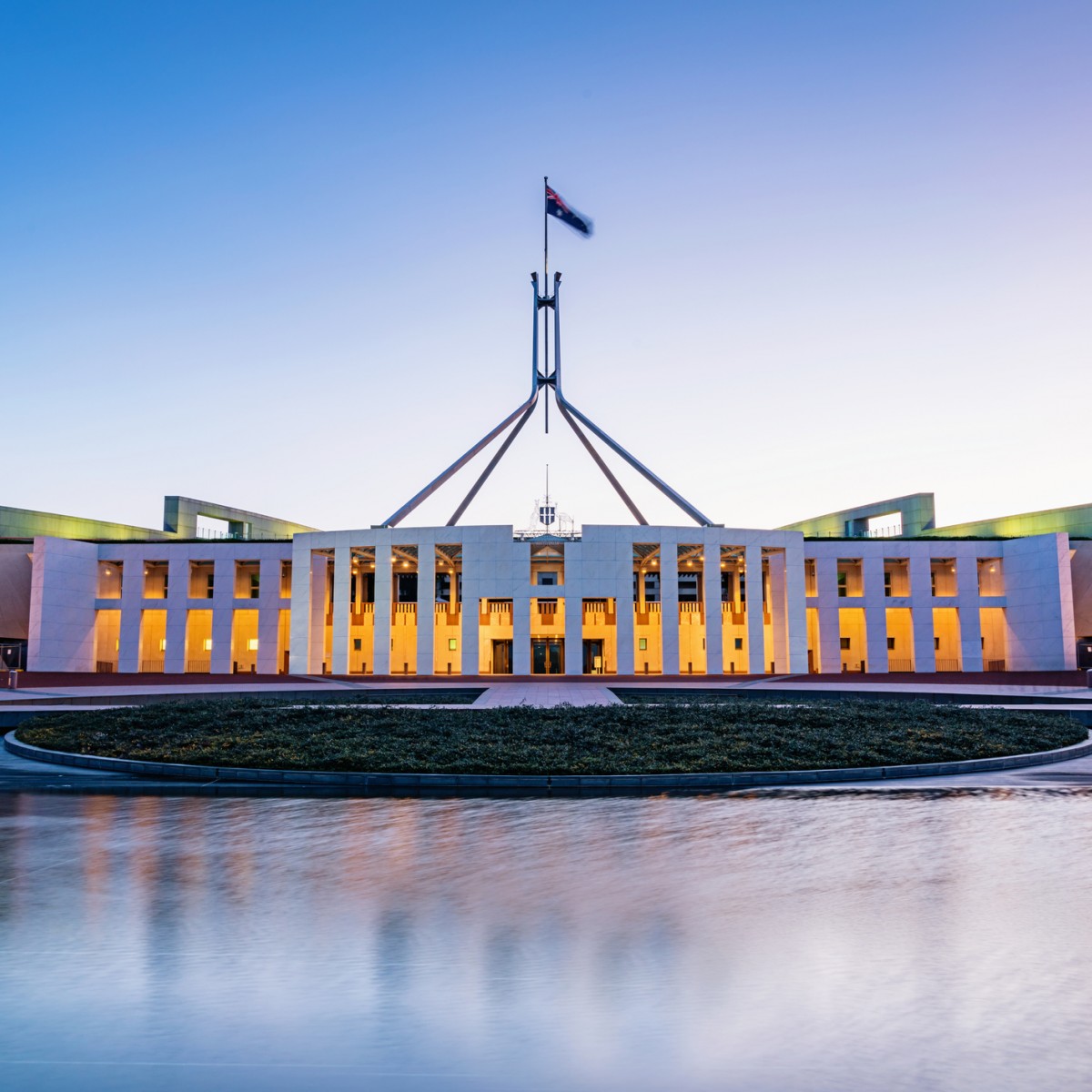
Martin Heffron
Executive Director
And they’re off! The long-awaited election campaign is now finally in full swing and babies are being kissed, working families praised and the nightly news shows too many politicians.
Both of the major protagonists believe they have a portfolio of policy promises that will build a strong economy and deliver on the much referenced but never specifically defined “fair go” for Australians. However, the means by which these two goals are to be achieved are starkly different between the two parties at almost every level, from climate change to taxation.
But what are the key differences between the two majors when it comes to retirement savings?
In a nutshell, the trend for both sides of politics over the recent past has been to change the tax system in a way that reduces the return on private savings whilst making policy decisions that increase the cost of providing state funded retirement incomes.
If there was a metric that was able to measure the support given by government to those who fund their own retirement incomes vs those who rely on the state for a portion their retirement income, the dial has recently been moving decisively in favour of the state funded retiree.
The difference between the two largely comes down to the degree to which they do this.
Australian Labor Party (ALP)
The ALP aims to reduce the return on private savings by:
- decreasing the tax deductions available to investors (eg, reducing the ability of investors to negatively gear some of their investments),
- increasing the taxes that are paid by investors (removal of refundable franking credits, increase in capital gains tax increases and changes to the taxation of trusts and trust beneficiaries, additional restrictions on tax exemptions for superannuation funds providing pensions), and
- reducing the ability for Australians to save via superannuation (lower contribution caps).
These proposals have had a lot of publicity but perhaps most importantly, they are collectively all targeting investment and saving. If all proposals are eventually legislated the incentive to save and invest in Australia will have taken a further hit. It would be reasonable to expect household savings ratios to fall even further than their current very low levels as the Commonwealth Government’s desire to take an ever-increasing slice of the existing return simply encourages people to minimise their personal savings.
Given the cost of the ageing population, this doesn’t bode well for Australia’s longer-term economic future.
The Liberal-National Coalition (Coalition)
In contrast, the Coalition’s retirement incomes policies are fairly benign. Given they have been in government for the past 5 and a half years that isn’t surprising because the major changes they wanted to make have all been made. Most dramatically, when it comes to superannuation, we saw the imposition of the $1.6m cap on retirement phase pensions and significant reductions to personal contribution caps from 1 July 2017. These measures effectively increased the tax on savings either directly (the pension changes) or indirectly (the contribution cap changes – by limiting access to a concessionally taxed retirement savings vehicle).
Both parties have agreed to shelve the planned increase in Age Pension age from 67 to 70. Maybe this reflects bipartisan support in Canberra for some retirement income master plan where all the increases on private savings are used to fund what is effectively an increase in the Age Pension. If not, it looks like a move that effectively increases the cost of providing the age pension (relative to starting at 70) at the same time as private savings are being attacked on all fronts.
Summary
Overall, the ALP’s election promise and the Coalition’s enacted policies represent further blows to those within the community who wish to fund their own retirement.
Meanwhile, we have around $4 trillion of wealth invested in owner occupied housing that is exempt from tax and very generously treated in the government benefits means tests….and we wonder why house prices are so high…
This article is for general information only. It does not constitute financial product advice and has been prepared without taking into account any individual’s personal objectives, situation or needs. It is not intended to be a complete summary of the issues and should not be relied upon without seeking advice specific to your circumstances.



